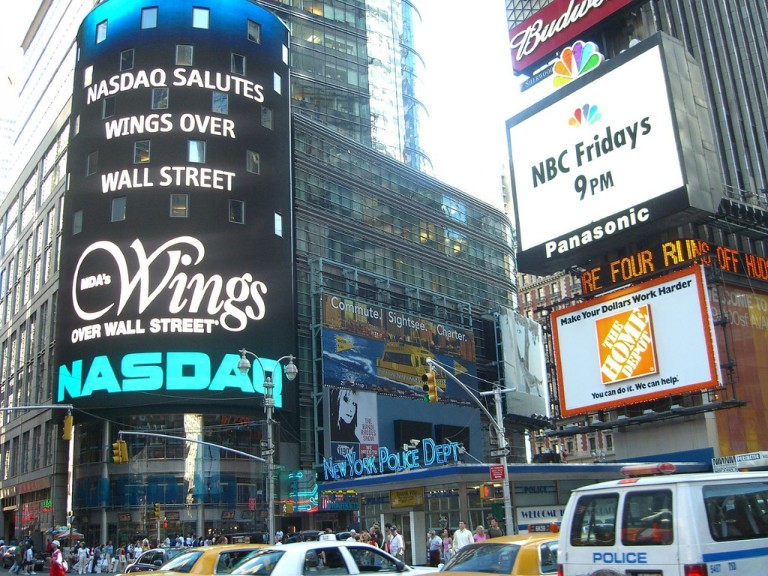
For many active in the biotechnology space, and especially the development end of the sector, the name Bob Langer will be a familiar one. For those new to the guy, he’s a world renowned Massachusetts Institute of Technology (MIT) professor that has made his academic name teaching life sciences and chemical engineering at the Institute, but has branched out into the commercial side of the industry with an incredible amount of success.
The so called Langer Lab has been the driving force behind the founding of more than 30 biotechnology companies since its inception, with a notable list of public entities on its roster: Momenta Pharmaceuticals (NASDAQ:MNTA), T2 Biosystems (NASDAQ:TTOO) and Alnylam Pharmaceuticals (NASDAQ:ALNY) to name just three.
Back in 2009, the Lab spawned a startup biotech called Kala Pharmaceuticals Inc (NASDAQ:KALA).
Kala spent the subsequent four years raising cash (very successfully) and pushing its lead development asset (an ocular therapy drug, which we’ll get to in more detail shortly) along its development pathway and towards commercialization in the US.
In 2015, Kala started a process that it hoped would lead to an Initial Public Offering (IPO), with the goal of said offering being to fund the carrying out of two phase III trials investigating the safety and efficacy of a drug called KPI-121. The company is trying to get the drug to market in a range of indications, all rooted in eye conditions. Specifically, these are ocular discomfort and bulbar conjunctival hyperemia and dry eye disease.
On the day that Kala filed a registration statement with the SEC, however, the now infamous Hilary Clinton Tweet that promised to address price gouging in the biotechnology space (which sprung out of the whole Martin Shkreli, Daraprim price hike situation), hit the wire and the biotech sector crashed as a result.
Kala decided to delay its offering, raised cash privately and conducted the trials with the cash it picked up from said raise.
Fast forward just shy of two years and the company is set to have another go.
ON June 23, 2017, Kala filed this prospectus with the SEC, outlining its intentions to list on the NASDAQ. The IPO took place around a month later.
As per the prospectus, the company intended to raise $86 million and to then use the capital to underpin the submission of registration applications in the US for the above mentioned asset in (initially) the ocular discomfort and bulbar conjunctival hyperemia indications and – beyond that – the dry eye indication.
So what’s the drug?
It’s a novel nanoparticle formulation of what’s called loteprednol etabonate, which is a current SOC but not in this indication (and formulation) because of the difficulty it has achieving penetration into the affected area of the eye. The company has taken this compound and combined it with a proprietary technology (what’s it calls its MPP platform) to improve on the penetration capability. Improved penetration should translate to a significantly improved impact on the conditions it targets and there’s a whole host of legacy data available to support this hypothesis – most notably, the two above mentioned phase III trials that were initially set to be funded by the IPO capital back in 2015.
A range of dose concentrations demonstrated both safety and efficacy in the population being targeted and showed a marked improvement (statistically significant) over placebo in the trials in question.
And it’s not just about showing that the drug works – there’s another side to the story here and it’s rooted in tolerability.
The current standard of care assets in the space are pretty much all corticosteroids. Corticosteroids are effective across a whole spate of diseases and conditions but they also have associated with them some pretty nasty side effects when used chronically. The indications we are talking about here are all indications that require chronic administration, so if Kala can get this drug to market in the US (and show that it has a comparative clinical benefit to the current steroidal SOCs) then it could quickly pick up a decent portion of the available market based on the improved tolerability profile alone.
And therein lies the investment thesis for this one.
The company has some strong data in a host of potentially billion dollar markets and it just hit the NASDAQ to raise the capital required to submit for approval in these markets. This time two years ago, this one would have been an attractive IPO based on mid stage data and ahead of the phase III initiations.
Now the phase III’s are complete, and successfully so, it’s even more attractive.




